The future had finally arrived in Brevard County, Fla. This baby was smokin’ (in the modern hepcat sense); and let’s face it, freight pulled by anything else on the line had to be less important, right? The GP40 held a place in my heart as the most modern diesel “evah,” at least until I saw my first Burlington Northern SD40-2 in North Dakota some years later.
The GP40 is a 3,000-horsepower diesel made by the Electro-Motive Division of General Motors between 1965 and ’71. More than 1,200 units were built, with nearly another 1,000 variations added to North American fleets afterward. The GP40 is still a popular locomotive with a body design that can be judged timeless.
Though the GP40 is not new to the MTH O gauge product line (which introduced its first one more than a decade ago), this is our first opportunity to put one through its paces.
The model
Not that many years ago, the typical O gauge modeler was happy with a locomotive with cast-in grab irons and screens and nubs for lift rings. Anything more intricate would have been in the realm of high-dollar brass models. Not so today.
Starting with the pilot on this model, you find an add-on uncoupler arm, brake line and multiple-unit cables, and brakeman steps on point (with water drain holes in them). There are ditch lights at deck level as well. The face of the pilot and the brakeman’s steps have red-and-white safety striping.
The nose is blue with red and white accents for grade-crossing safety. There are add-on grab irons on the nose and the side of the nose. Sand-fill caps can be found on top, fore and aft.
The cab features two crew figures; a headlight and number boards are just below the horn. The roof of the cab is painted white for heat reflection, and you’ll find a big old air conditioner on top (essential for survival in the hot and sticky Florida climes).
The front and rear windows have wiper arms, and the side windows have sunshades and rear-view mirrors.
Topside, a bit behind the cab, you will find the screen for the smoke unit. There are also 12 lift rings placed around the roof. You can easily thread them like a needle. There are three exhaust fans at the rear, and all have blades beneath the screens. However, they are painted black and are difficult to see.
The body has a nice level of seam, rivet, hatch, hinge, and door detail. There are see-through screens behind the cab and at the rear, just beneath the exhaust fans.
The rear of the diesel has features similar to those on the nose: red-and-white safety striping partway up the shell, add-on grab irons, and red marker lights. There are rear number boards, a backup light, and, on top, the sand-fill cap is snug beneath a second horn. The rear pilot features ditch lights, an uncoupler arm, and simulated air and command lines. Both trucks mount coil couplers.
The truck side frames are nicely detailed with plenty of cast-in detail as well as add-on brake apparatus. The speaker is concealed in the die-cast metal fuel tank.
Controls for the sound volume and smoke output as well as DCS/DCC and 3Rail/2Rail operation are located on the underside of the frame beneath the cab.
Painting and decoration for the unit are outstanding. My rule of thumb is generally that the darker the locomotive, the less detail is readily visible.
This particular shade of blue seems to be more reflective of light, and the details are fairly easy to see.
Various accents, such as handrails and nomenclature/warning signs, stand out. The most notable elements are the red-and-white striping on both ends and the stripe running the length of the body. They grab your eyes – just as they were intended to on full-size FEC locomotives.
There are placards around the body and a nice American flag on the side of the cab. On the test track
I love the diesel startup sounds. I always seem to smile the first time I hear the locomotive beginning to power up – the fans whining, the pistons and shaft cranking away, and assorted buzzes. Something big is going to happen!
The lighting package is the next thing I note – headlights, number boards, cab lights, ditch lights, and green classification lights on the nose and red markers on the rear – all illuminated.
One side note on the rear number boards: I’d have bet $5 they were painted on the shell. I was very pleasantly surprised when they illuminated.
This diesel can really creep! At one point when slowly moving along the track the vapor from the smoke unit was curling back down on the diesel like it was in a 1980s music video. Cool.
The conventional low-speed average was 3.6 scale miles per hour, and the command-mode average was 1.9 scale miles per hour. The locomotive’s high-speed average was 68.3 scale miles per hour. Drawbar pull was 1 pound, 6 ounces.
Motor operation was quiet and smooth, and the locomotive responded readily in both conventional and command mode.
The MTH GP40 diesel is an excellent model of a workhorse. It packs good performance and is nicely crafted, and boy, does the detail pop out. If you model late 20th century railroading, this may be a great addition to your fleet.





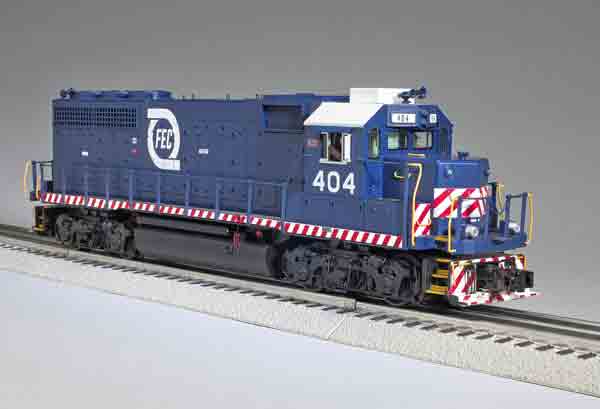

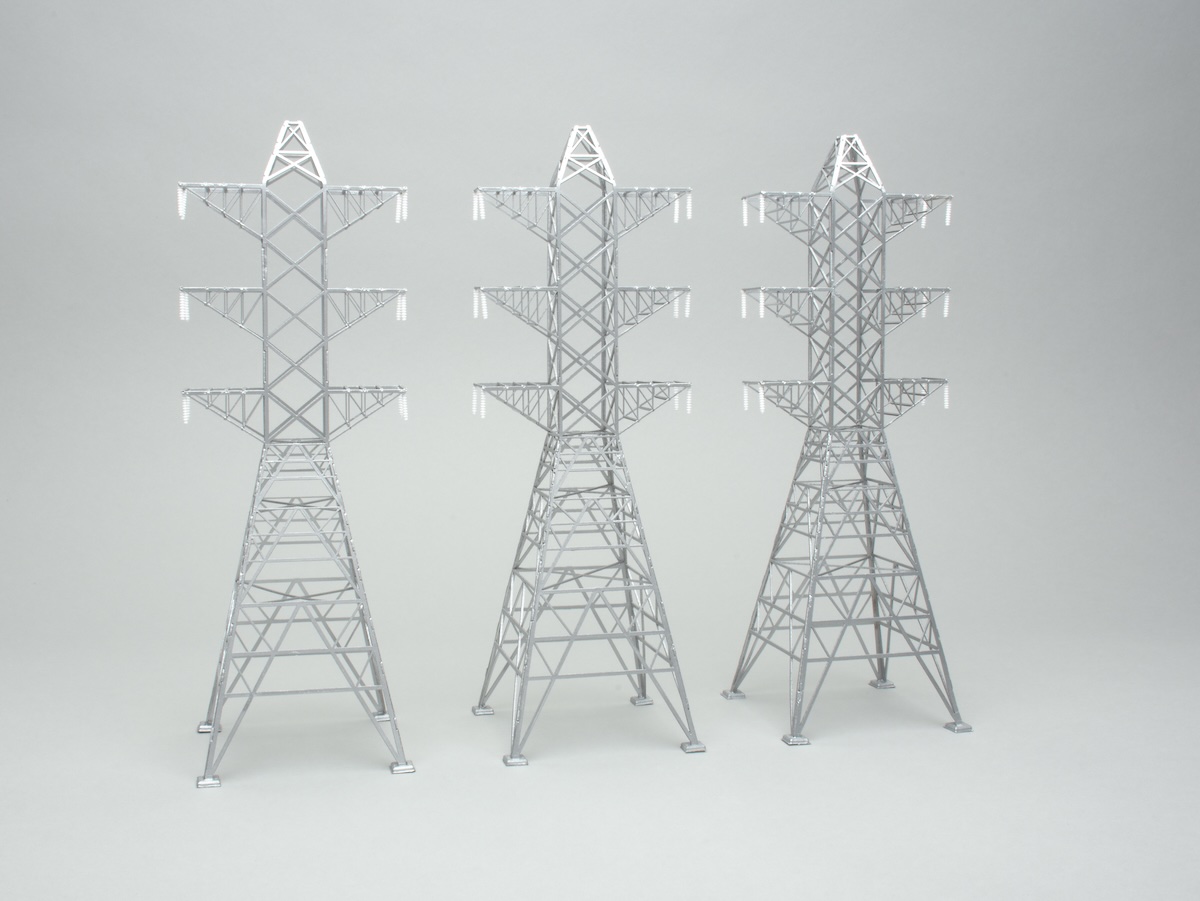
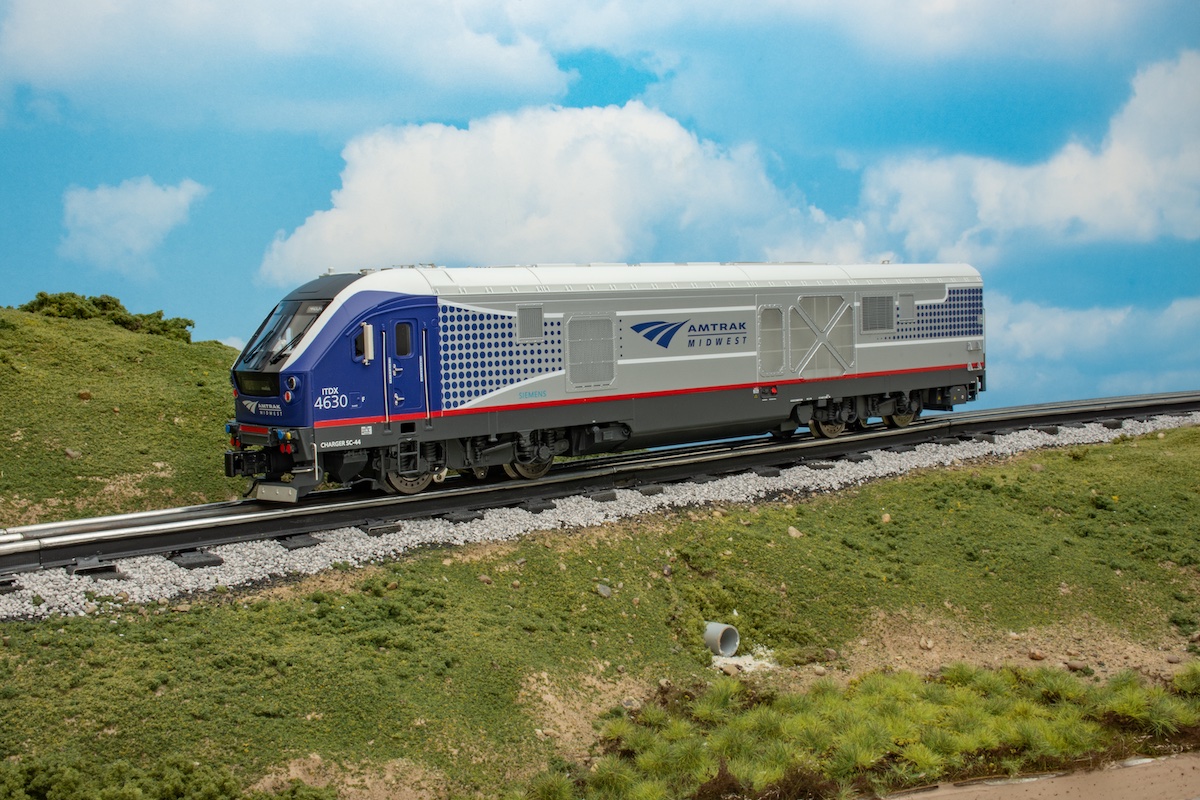
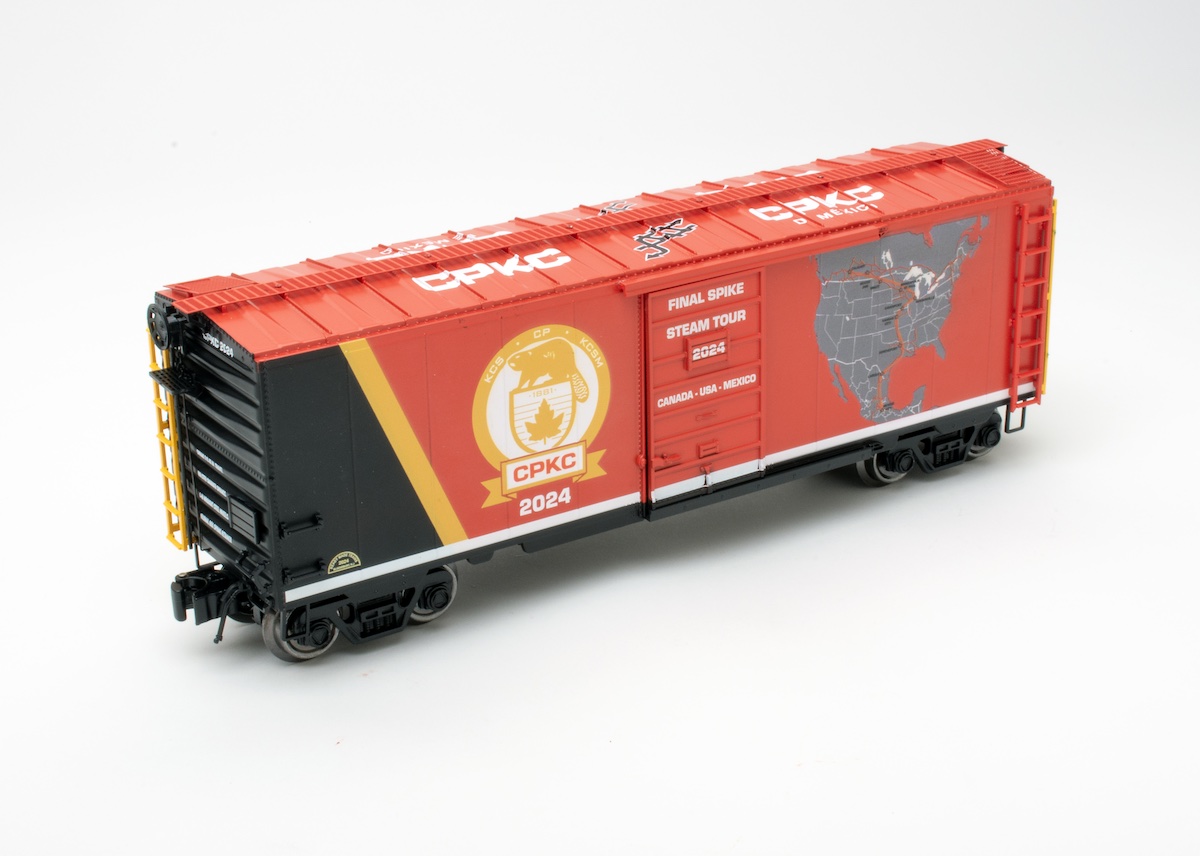
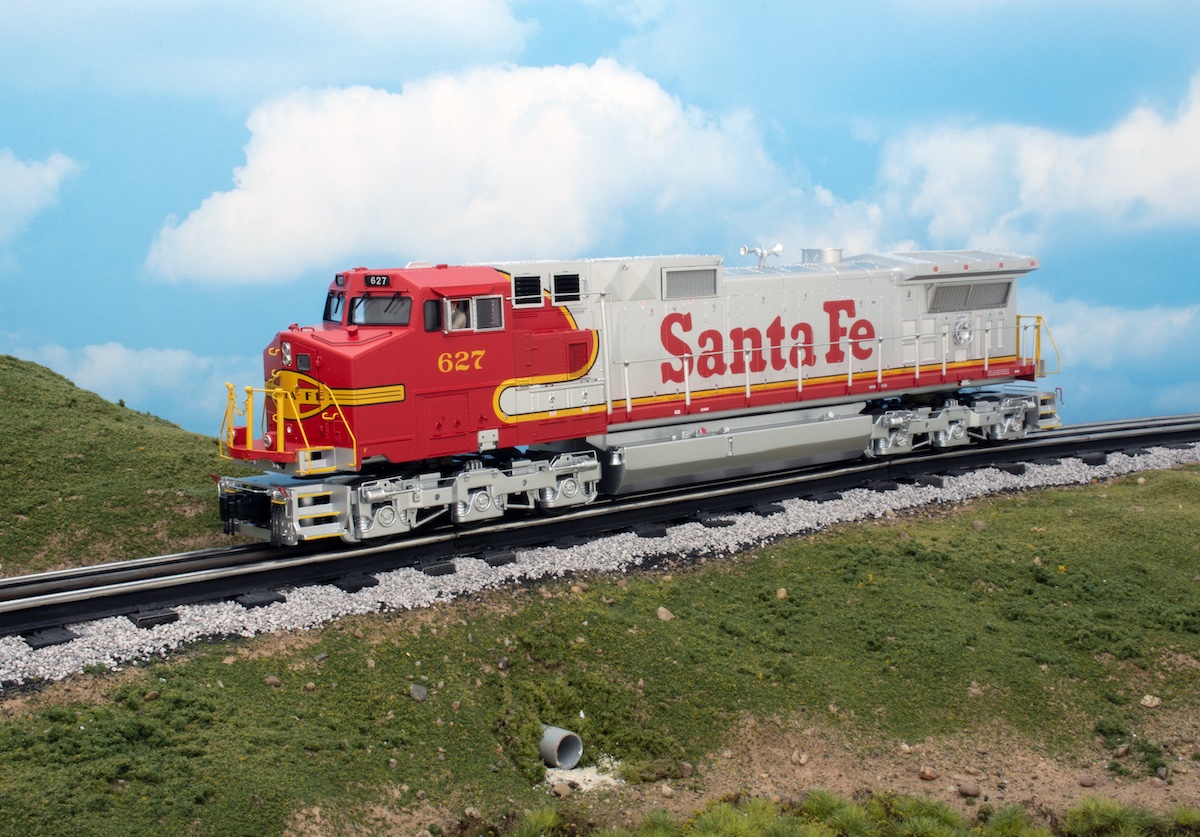




While most of our testing was on O-36 or wider, we did run it on a circle of O-31 RealTrax. It ran fine. BTW both the website and manual specify O-31 for this model.
Bob, while being tested, what was the minimum radius this unit could successfully negotiate? I think the specs in the catalog say the minimum curve is O-42 but I think earlier GP-40s made by MTH cited O-31 as the minimum. The older GP-40s I have negotiate the O-36 curves on my layout. Therefore, the size of the curve this new CP-40 will be able to go through would be an important factor when considering adding this unit to your fleet, as you put it.
PG
What a great surprise , something new to read about & view at CTT ! Enjoyed the MTH GP-40 demo on the test track and your comments Bob .
If you guys keep this up you'll give the HO team over at MRR some real competetion . Thanks , Jim